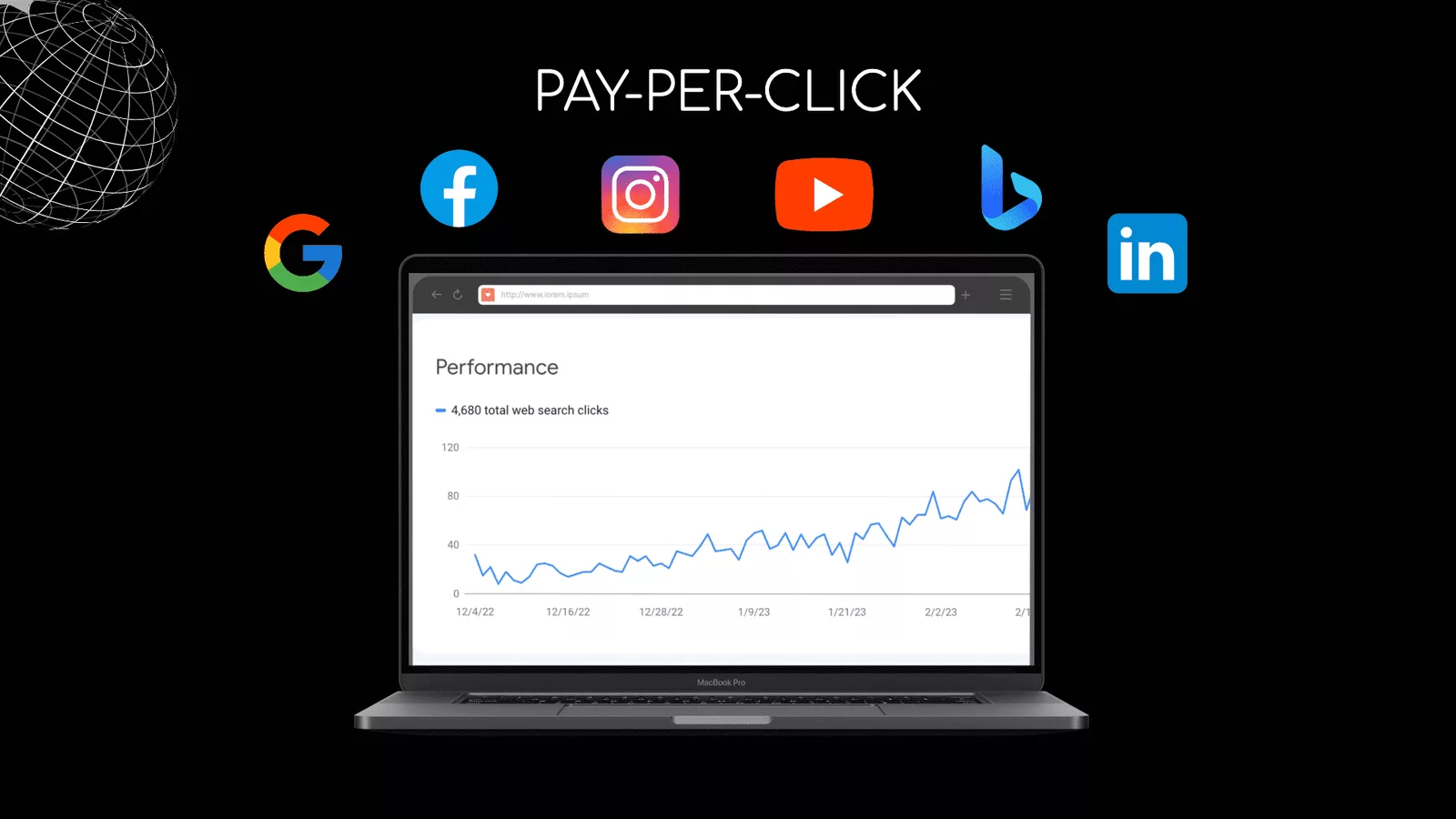Facebook is one of the most powerful social media platforms to promote businesses and reach new audiences. With over 2.7 billion monthly active users, Facebook Ads can be a game-changer for businesses of all sizes.
But creating effective Facebook Ads that capture the attention of your target audience and drive conversions can be a challenging task.
In this article, we’ll share some tips and strategies to help you create killer Facebook Ads that deliver results.
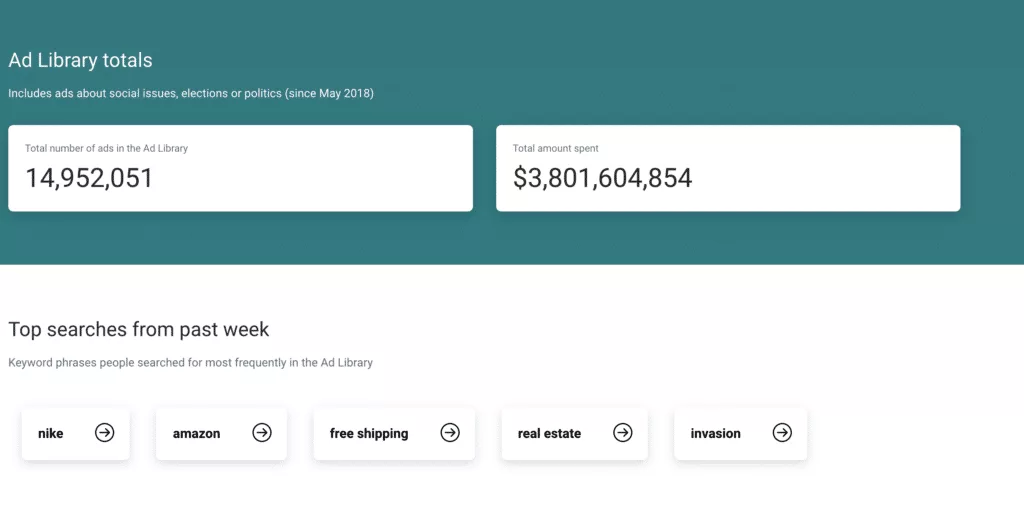
1. Understanding Your Target Audience
Before creating Facebook Ads, it’s essential to understand your target audience. Who are they? What are their interests, behaviors, and demographics? What problems do they face, and how can your product or service solve them?
Conducting thorough research and creating buyer personas can help you identify your target audience’s needs, preferences, and pain points. This information can then be used to create ads that resonate with them and drive conversions.
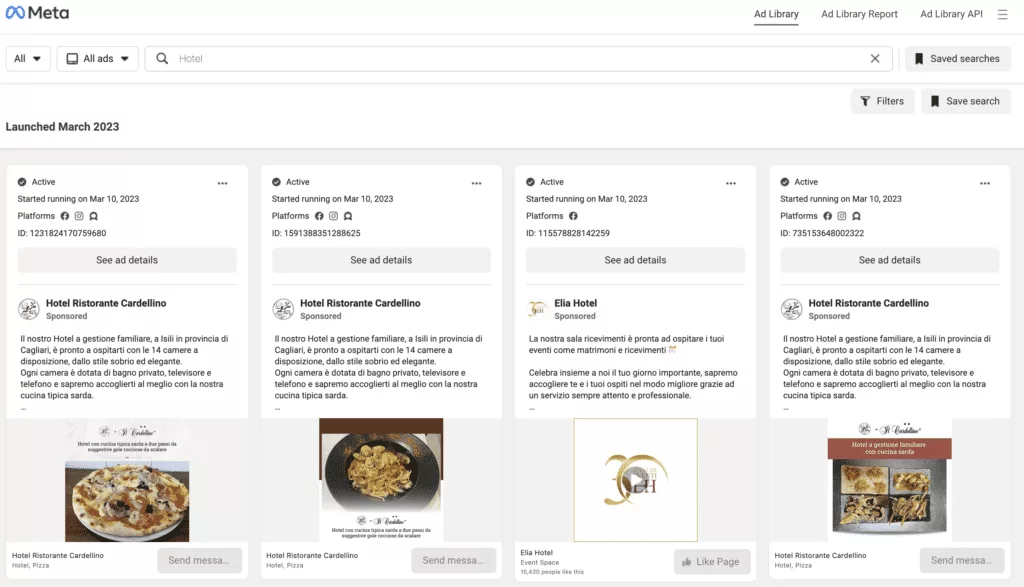
2. Defining Your Ad Objectives
What do you want to achieve with your Facebook Ads? Do you want to increase brand awareness, drive website traffic, generate leads, or boost sales?
Defining your ad objectives is crucial for creating effective ads that align with your business goals. Each ad objective has different targeting options, ad formats, and optimization strategies, so choose the one that best fits your goals.
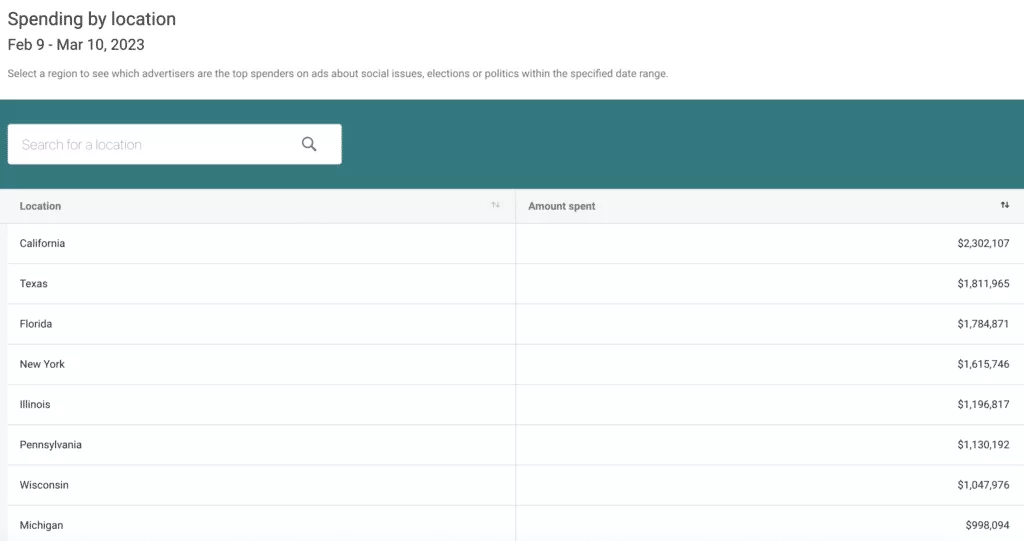
3. Choosing the Right Ad Format
Facebook offers various ad formats, including image ads, video ads, carousel ads, and collection ads. Each ad format has different requirements and best practices, so it’s crucial to choose the one that best fits your ad objective and target audience.
Request Free Review
We start by reviewing your website and then take a look at your current ranking in SERPs.
- Unlock Your Website’s Potential with Our Comprehensive Analysis.
- Outrank Your Competitors with Our Expert Insights and Recommendations.
- Ways for increasing website traffic.
- Get Tailored Recommendations to Achieve Better Results Online.
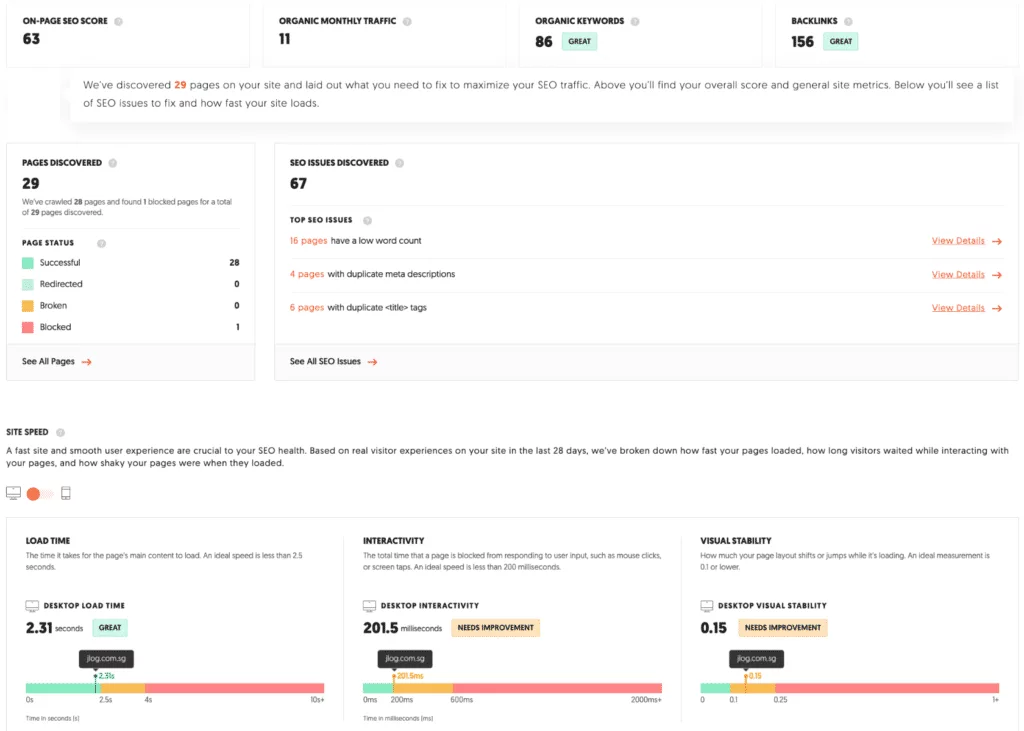
1. One size does not fit all
Facebook offers various ad formats to suit different advertising objectives. For instance, image ads, video ads, carousel ads, and stories ads are some of the ad formats that businesses can use to target their audiences. To achieve your advertising goals, choose an ad format that aligns with your marketing objectives.
2. Consider the mobile-first world
Nearly 98% of Facebook users access the platform via mobile phones. So, when you’re designing an ad, consider how it looks on a mobile device. Ensure that your ad is easily accessible and optimized for mobile devices so that users can engage with it seamlessly.
3. Make it eye-catching
Facebook users have short attention spans, and there’s a lot of competition on the platform. As such, it’s essential to create an ad that is eye-catching and stands out from the rest. Use high-quality images or videos that convey your message in a visually appealing way. Also, make sure that your ad has a clear call-to-action to encourage users to engage with it.
4. Choose the right audience
One of Facebook’s most significant selling points is its ability to target specific audiences. To make the most of this feature, businesses should know their target audience and use Facebook’s audience insights to find the right audience for their ads. This way, they’ll be able to get their message across to the right people and maximize their ad spend.
5. Keep it Facebook-specific
Lastly, ensure that your ad design and message are Facebook-specific. That means considering the platform’s unique audience, aesthetic, and messaging style. Facebook users are accustomed to a certain look and feel, so it’s essential to ensure that your ad blends in with the platform while still standing out.
For example, video ads can be effective for storytelling and brand awareness, while carousel ads can showcase multiple products or features.
4. Crafting Compelling Ad Copy
Your ad copy is the first thing your target audience sees, so it’s essential to make it compelling and persuasive. Use clear and concise language, highlight your unique value proposition, and use persuasive language that speaks to your target audience’s needs and pain points. Incorporating social proof, such as customer reviews or testimonials, can also help increase credibility and trust.
1. Optimize your headline – your headline should immediately capture your audience’s attention and entice them to read on. Use strong, attention-grabbing language, and highlight the main benefit of your product or service.
2. Solve a problem for your customer – think about the pain points your target audience faces and how your product or service can alleviate them. Craft your messaging around how you can solve their problems and make their lives easier.
3. Use visuals – plain text won’t cut it on Facebook. Use engaging graphics, images, and videos to capture your audience’s attention and convey your message quickly and effectively.
4. Utilize the Facebook Ads Library – research what other advertisers in your industry are doing on Facebook. This can give you ideas and inspiration for how to craft your copy and stand out from the crowd.
5. Use Copy.ai – take advantage of AI-powered tools like Copy.ai to generate high-quality copy quickly and easily. Spend more time focusing on other aspects of your campaign.
6. Focus on user needs and benefits – keep your messaging customer-centric. Speak directly to your target audience’s needs and highlight the benefits of your product or service.
7. Keep it concise – Facebook users have short attention spans. Keep your ad copy brief and to the point. Focus on delivering a clear, compelling message in as few words as possible.
5. Designing Engaging Ad Visuals
In addition to ad copy, your ad visuals play a crucial role in capturing your target audience’s attention and driving engagement. Use high-quality images or videos that showcase your product or service in the best light.
Avoid using too much text or clutter, as it can be overwhelming and distracting. Incorporating eye-catching colors, patterns, and graphics can also help make your ads stand out.
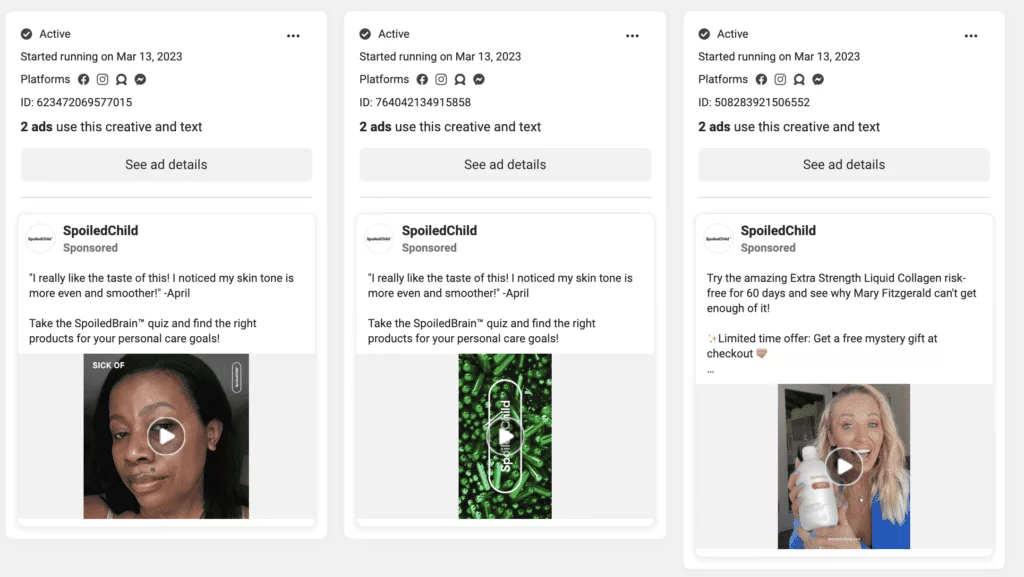
6. Creating Ad Campaigns and Ad Sets
Organizing your Facebook Ads into campaigns and ad sets can help you better manage and optimize your ads. A campaign is a group of ads that share the same objective, while an ad set is a group of ads that share the same targeting, budget, and schedule.
You can start by clicking the Create Campaign button and choosing your marketing objective. This is where you’ll define what you want to achieve with your ads, such as generating leads or driving traffic.
Next, you’ll need to create ad sets within your campaign. Ad sets allow you to test different targeting options, budgets, and ad formats to see what works best for your business. Simply click the Add button at the top and fill in the necessary details such as budget, scheduling, and target audience.
Remember that each ad set should contain one or more ads. Be sure to create multiple ad options to see which one performs the best. You can also use Facebook’s CBO, or Campaign Budget Optimization, to set your budget at the campaign level rather than the ad level.
Overall, creating ad campaigns and ad sets on Facebook may seem overwhelming, but with the right strategy and testing, you can achieve your advertising goals.
Just remember to keep your target audience in mind, test different ad options, and track your results to make data-driven decisions.
7. Setting Ad Budget and Bidding Strategy
Setting your Facebook Ad budget and bidding strategy is essential to ensure that your ads reach your target audience and achieve your ad objectives.
You can choose from various bidding strategies, including cost per click (CPC), cost per impression (CPM), and cost per acquisition (CPA), depending on your ad objective and budget. It’s also essential to monitor your ad spend and adjust your budget and bidding strategy accordingly to ensure that you’re getting the best results.
8. Testing and Optimizing Your Facebook Ads
Testing and optimizing your Facebook Ads is crucial to improve your ad performance and drive better results. You can test different ad formats, ad copy, visuals, and targeting options to see which ones perform best.
Analyzing your ad performance and making data-driven decisions can help you optimize your ads for better engagement, click-through rates, and conversions.
9. Monitoring and Measuring Ad Performance
Monitoring and measuring your ad performance is essential to track your progress and identify areas for improvement.
Facebook Ads Manager provides various metrics and insights, such as reach, impressions, clicks, and conversions, that can help you analyze your ad performance and make data-driven decisions. Regularly monitoring and measuring your ad performance can help you optimize your ads for better results and ROI.
10. Staying Up-to-Date with Facebook Ad Policies
Facebook Ad policies are constantly changing, so it’s essential to stay up-to-date with the latest updates and guidelines to avoid ad disapproval or account suspension. Familiarizing yourself with Facebook Ad policies can also help you create ads that comply with Facebook’s community standards and avoid any legal or ethical issues.
11. Avoiding Common Facebook Ad Mistakes
Creating effective Facebook Ads requires avoiding common mistakes that can impact your ad performance and ROI. Some common mistakes include targeting the wrong audience, using low-quality visuals, using generic ad copy, and neglecting to track and measure ad performance. Being aware of these mistakes and taking steps to avoid them can help you create better-performing ads.
12. Integrating Facebook Ads with Other Marketing Channels
Integrating your Facebook Ads with other marketing channels, such as email marketing or retargeting, can help you reach your target audience across multiple touchpoints and drive better results. For example, you can use Facebook Pixel to track and retarget users who have visited your website or engaged with your Facebook Ads.
13. Leveraging Facebook Pixel for Advanced Ad Tracking
Facebook Pixel is a powerful tool that can help you track and optimize your Facebook Ads for better performance and ROI. By placing a tracking code on your website, you can track user behavior, such as page views, add to carts, and purchases. This data can then be used to retarget users with relevant ads and improve your ad performance.
14. Scaling Your Facebook Ad Campaigns
Scaling your Facebook Ad campaigns can help you reach new audiences and drive more conversions. You can scale your campaigns by increasing your ad budget, expanding your targeting options, or testing new ad formats or visuals. It’s essential to monitor your ad performance and adjust your ad strategy accordingly to ensure that you’re getting the best results.
The first step is to reallocate the PPC budget and create a CBO campaign with a daily budget of $100. The next recommendation is to create up to five ad sets with single interests or lookalike audiences.
Secondly, retargeting campaigns are another significant aspect of scaling Facebook ad campaigns. It helps to recover the prospects who interacted with the ad but did not convert.
Creating new audiences can also be an excellent way to scale the Facebook ads campaign higher. It’s crucial to make more than one ad set perform well so that if any of them suddenly lose traction, you always have something to fall back on.
Finally, it’s essential to remember to work on the campaigns at a lower volume to get better results at higher margins. With these tips, social media marketers can strategically increase their ad spending while maintaining positive ROAS.
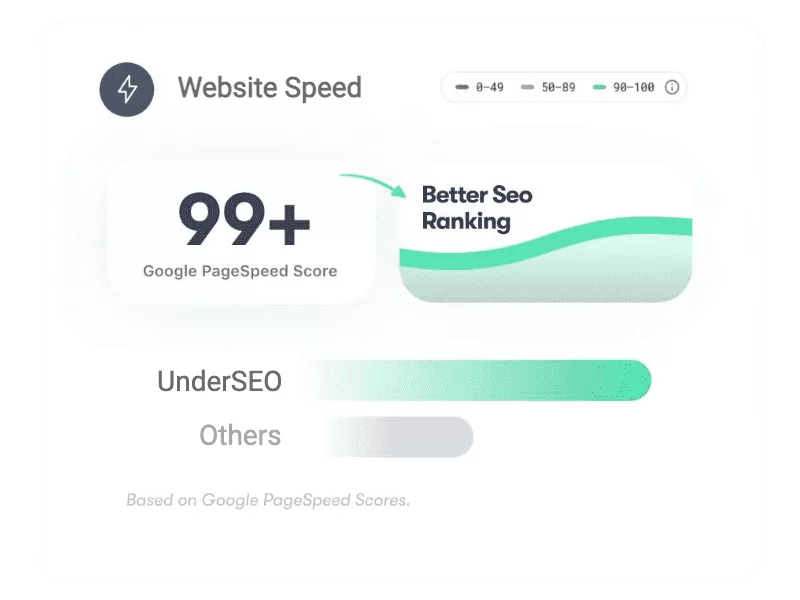
Need Some Help?
PPC’s Guide: How to Create Killer Facebook Ads
FAQ
What is the recommended ad budget for Facebook Ads?
There is no one-size-fits-all answer to this question, as your ad budget will depend on your ad objectives, targeting options, and bidding strategy. However, Facebook recommends starting with a minimum budget of $5 per day for each ad set to ensure that your ads reach your target audience.
How do I choose the right ad format for my Facebook Ads?
Choosing the right ad format depends on your ad objectives and the type of content you want to promote. Some popular ad formats include image ads, video ads, carousel ads, and collection ads. Consider your target audience’s preferences and behavior when selecting the ad format that works best for your campaign.
Can I target specific demographics or interests with Facebook Ads?
Yes, Facebook Ads provides various targeting options that allow you to reach your desired audience based on demographics, interests, behaviors, and more. You can target users based on factors such as age, gender, location, interests, job titles, and more.
How do I measure the success of my Facebook Ads?
Facebook Ads Manager provides various metrics and insights that can help you measure the success of your Facebook Ads, including reach, impressions, clicks, and conversions. Analyzing these metrics and making data-driven decisions can help you optimize your ads for better performance and ROI.
How often should I test and optimize my Facebook Ads?
It’s essential to regularly test and optimize your Facebook Ads to improve your ad performance and drive better results. Consider testing different ad formats, visuals, and ad copy to see which ones perform best. You should also regularly monitor and measure your ad performance and adjust your ad strategy accordingly to ensure that you’re getting the best results.
15. Conclusion
Creating killer Facebook Ads requires understanding your target audience, defining your ad objectives, choosing the right ad format, crafting compelling ad copy, designing engaging ad visuals, and testing and optimizing your ads. By following these tips and strategies, you can create Facebook Ads that capture your target audience’s attention and drive better results. Remember to monitor and measure your ad performance regularly and stay up-to-date with Facebook Ad policies and guidelines to ensure that your ads comply with Facebook’s community standards.

